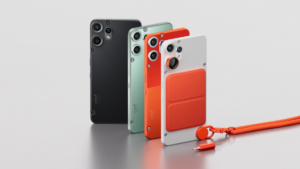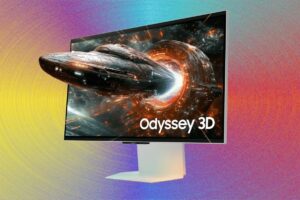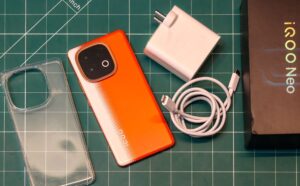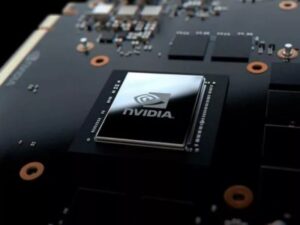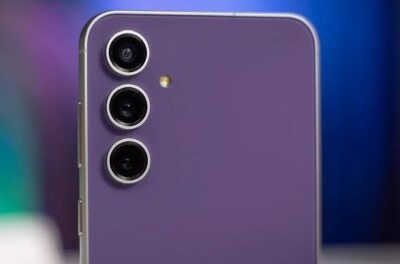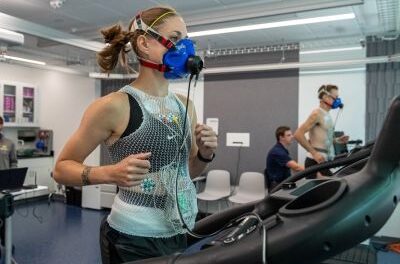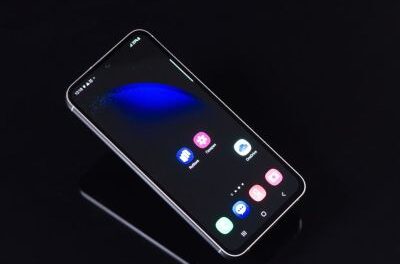Another novelty of Samsung is the Odyssey 3D gaming monitor, which the company mentioned at the beginning of the year at CES 2024. The main feature of the model is the ability to reproduce a three-dimensional image without the need to use special glasses and other accessories.
Samsung launches the Odyssey 3D gaming monitor. As the name implies, the display supports stereo imaging. The developers of the technology have managed to fix the main problems of 3D technology, but does this mean that we will soon return to the era of three-dimensional images?
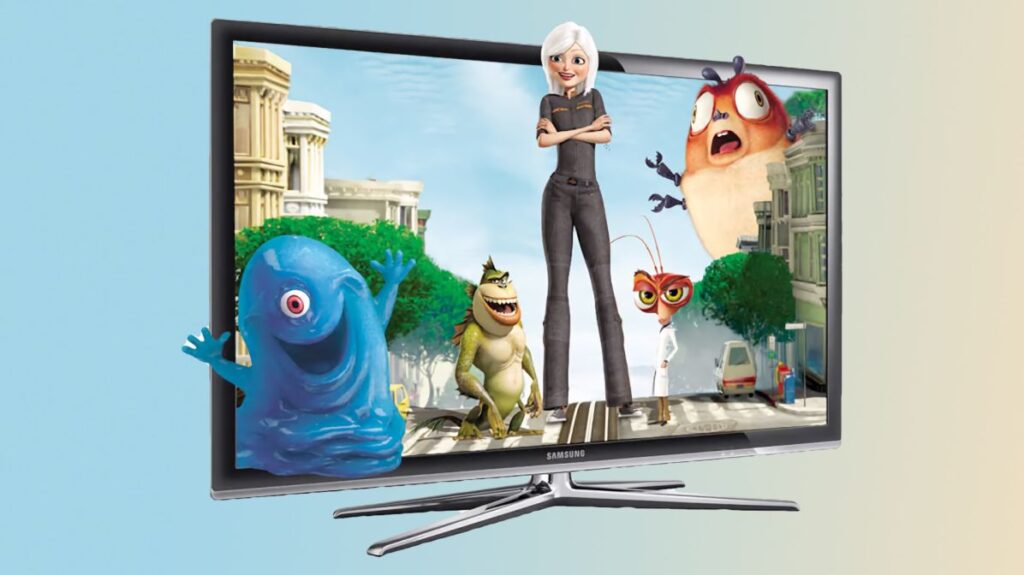
A New Era of 3D
Leia was founded as a division of HP more than a decade ago. Its technology uses a combination of security cameras and a special optical layer, a lenticular lens, which “splits” the image into two streams. The algorithm tracks the movements of a person’s face and sends a voltage to the liquid crystal to change its refractive index. There is even AI that predicts movements in a few seconds. Switching between 2D and 3D is also supported.
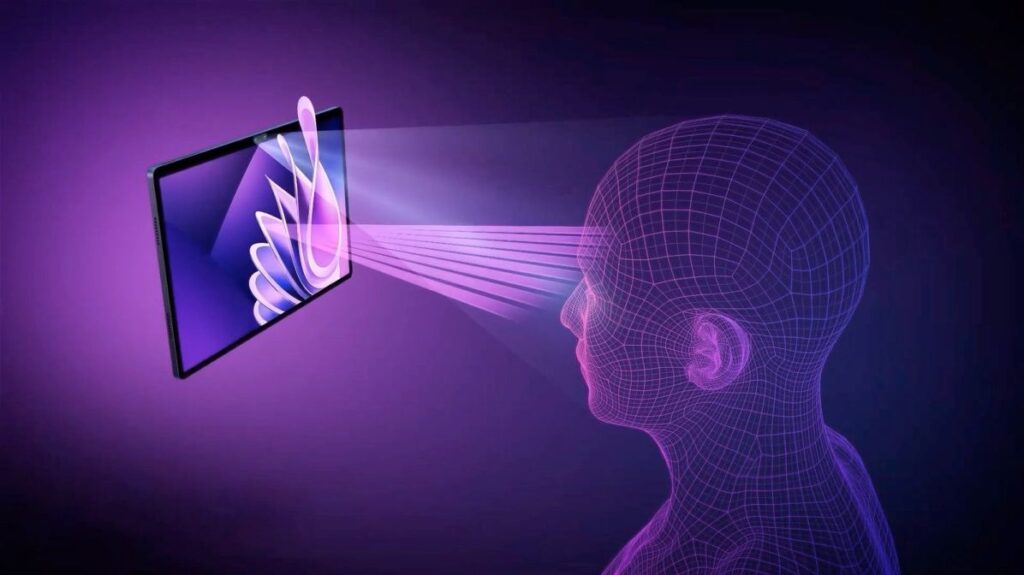
The problem with the lack of 3D content has also been solved. Leia has created a neural network that turns any two-dimensional image into a three-dimensional one. The authors of the technology say that they have trained algorithms on a huge array of 3D images, thanks to which the conversion result using Leia AI is almost indistinguishable from professionally created stereo content.
The most serious compromise is the resolution of the picture. In 3D mode, one half of the pixels is used to generate an image for the left eye, the other half for the right eye. But this is compensated by 8K screens. In addition, so far, the system is able to track only one pair of eyes, so the return of family 3D viewing should not be expected in the near future.
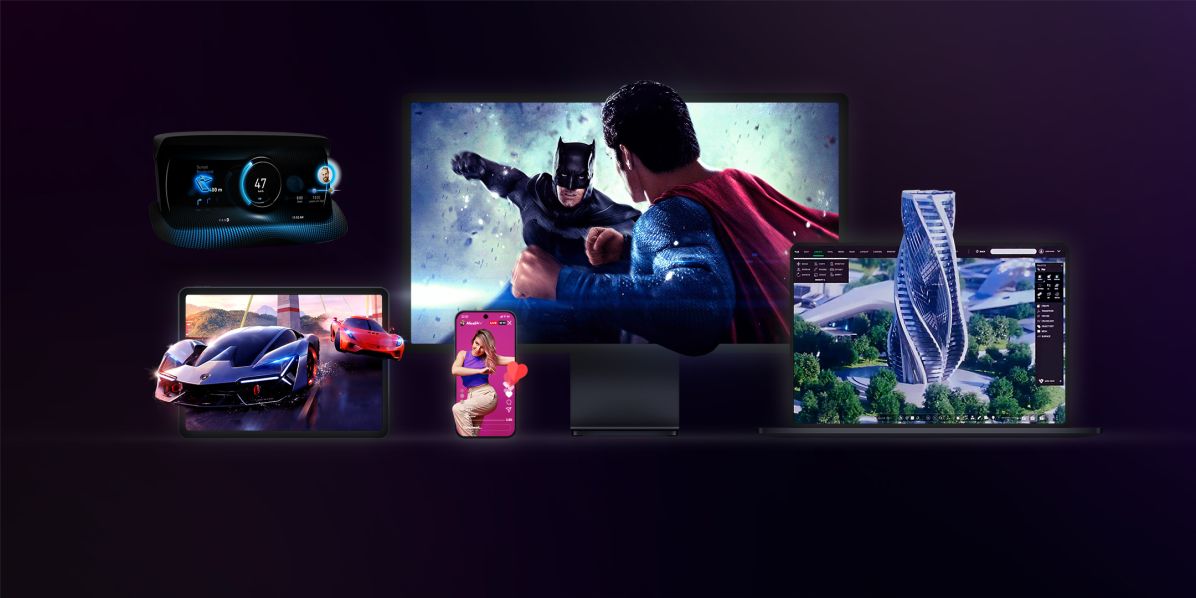
In addition to the Samsung monitor, Leia technology can be tried out in some Acer laptops (usually as an additional option). There is also a 27-inch Lenovo ThinkVision 3D monitor. It is not surprising, because modern AAA games are often three-dimensional, which makes them a natural field for testing.
To convert 2D to 3D, the monitor uses dual-camera tracking technology combined with proprietary mapping technology. The result of their work is two slightly different images that “glue” into one three-dimensional image.
The Odyssey 3D interface set includes a pair of HDMI 2.1 connectors and one DisplayPort 1.4. Provides and adjusting the bundled stand to adjust the position of the monitor depending on the user requirements.


